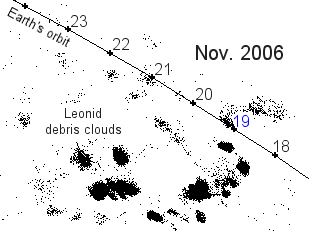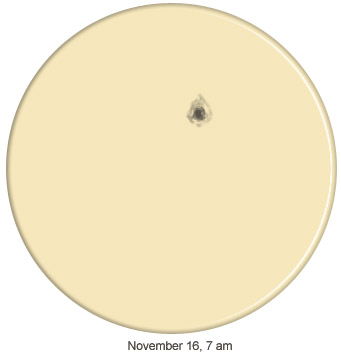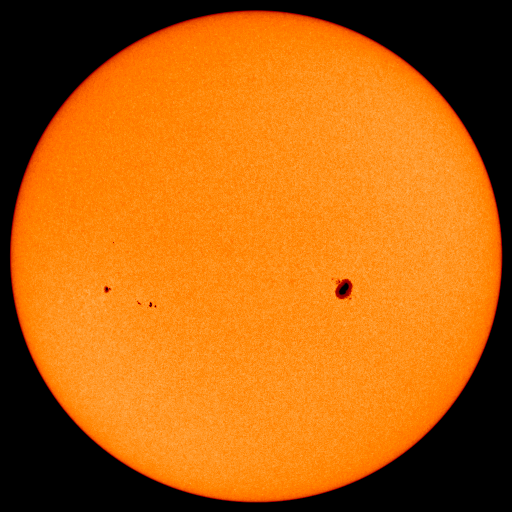It was impossible for me to watch this comet from my location at Chovar because of big hills to the west (when it got the brightest).
I missed the chance to watch it even when it was higher in the sky because of course I didn't know a comet was going to shine this bright. I didn't have the data of this comet in my skychart software to check its path/brightness, etc. The reason: No internet connection at my home.
Even if I check the sky every evening, I wonder how I could miss a chance to see this one.





